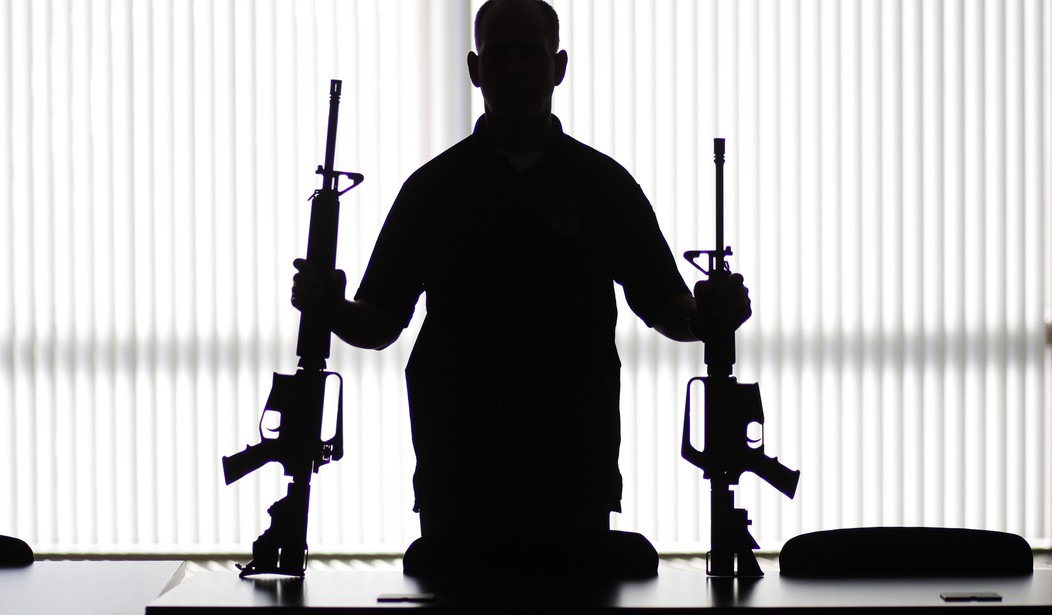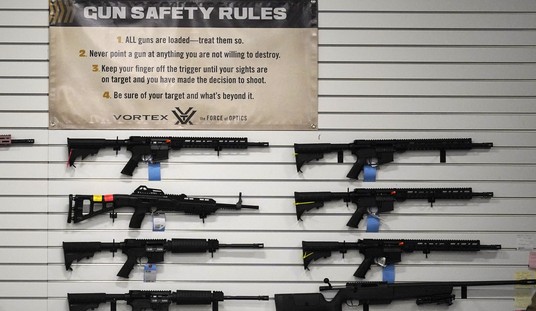That’s what Fox News is hearing, and the timing sounds about right. It was April 8th when Joe Biden stood in front of the cameras and announced he was directing the ATF and DOJ to put together a new rule aimed at curtailing DIY gunmaking, as well as a new agency rule governing pistol stabilizing braces. The president directed the agencies to come back with a proposal on braces within 60 days, but the new rule governing unfinished frames and receivers was supposed to be released within 30 days.
Fox is light on specifics about what the proposed rule will look like, but Stephen Gutowski of The Reload got his hands on a draft copy of the rule a couple of weeks ago, and it’s bad.
The 107-page document, obtained by The Reload, outlines changes the Bureau of Alcohol, Tobacco, Firearms, and Explosives (ATF) wants to make to outlaw the sale of homemade gun kits by unlicensed manufactures. At the direction of President Joe Biden, the agency plans to propose federal rule changes, which would require anyone selling unfinished firearms receivers to obtain a federal license and mark the parts with a serial number. Anyone who continues to sell unfinished receivers without a license could face federal felony charges.
April Langwell, chief of the ATF’s Public Affairs Division, neither confirmed nor denied the document’s authenticity. She told The Reload she could not “comment on internal communications or deliberations on potential or hypothetical rulemakings.”
The document reworks and broadens the definition of what parts constitute a regulated firearm receiver. It then says any unfinished part that “may readily be converted” into a receiver must be treated as a receiver and requires sellers to obtain federal licenses, mark the unfinished parts with serial numbers, and perform background checks on buyers. The proposal provides only subjective standards for what makes an unfinished part “readily” convertible into a finished firearm but provides footnotes to court cases where the term has been applied. One court example included in the document said a part completed in “around an eight-hour working day in a properly equipped machine shop” was considered “readily” convertible. The only example of a ruling defining when a part is not “readily” convertible involved a process that “required [a] master gunsmith in a gun shop and $65,000 worth of equipment and tools.”
In addition, the draft copy that Gutowski obtained also tries to re-define what constitutes a receiver in federal statutes.
The document also lays out plans to broaden and update the federal definition of firearms receiver to correct a problem with the ATF’s interpretation of the current definition. Courts have begun questioning the ATF’s long-running determination that an AR-15 lower is a receiver despite not including several of the parts required in the current definition. Prosecutors have been forced to drop cases involving the ATF’s determination in recent years.
The ATF admitted in the document that “neither the upper nor the lower portion of a split/multi-piece receiver firearm alone falls within the precise wording of the regulatory definition” but lashed out in the document at the “erroneous district court decisions” that employ a “narrow interpretation” of the definition.
“These courts’ interpretation of ATF’s regulations, if broadly followed, could mean that as many as 90 percent of all firearms now in the United States would not have an identifiable frame or receiver,” the document said. “Those firearms would include numerous widely available models, such as Glock-type and Sig Sauer P32013 pistols, that do not utilize a hammer – a named component – in the firing sequence.”
The ATF said it is necessary to update the definition of a receiver to ensure it won’t “be misinterpreted by the courts, the firearms industry, or the public at large to mean that most firearms in circulation have no part identifiable as a frame or receiver.” The proposed receiver definition would only require one fire control component, such as a trigger mechanism, cylinder, or firing pin, instead of requiring multiple parts as the current definition does. The ATF said it plans to keep in place the determinations on which specific parts qualify as receivers for guns currently on the market and create a voluntary process for gun makers to submit new designs for determinations.
There’s a reason why the ATF hasn’t moved to do this before now; it’s a heavy lift to try to change federal law through rulemaking rather than legislation approved by Congress, and the attempt to make it impossible for the average citizen to legally build their own firearm without spending tens of thousands of dollars along with re-defining what makes a receiver a receiver is almost sure to draw a legal challenge.
The proposal that comes out from the DOJ and ATF on Friday may look somewhat different than the draft The Reload published a few weeks ago, but I don’t think there will be any substantive changes. Gun control groups have been pushing for this since before Biden was even elected, and they’ve no doubt supplied the agencies with their preferred language that’s been carefully drafted by anti-gun attorneys. The public will have the chance to weigh in, however, and its my hope and expectation that gun owners will far outnumber the anti-gun activists when it comes to weighing in on the administration’s first attempt to curtail our Second Amendment rights.










Join the conversation as a VIP Member